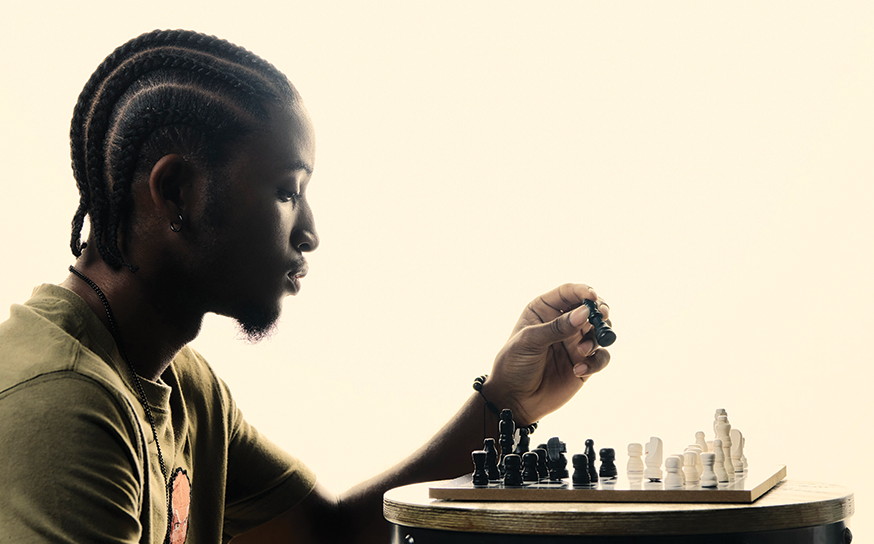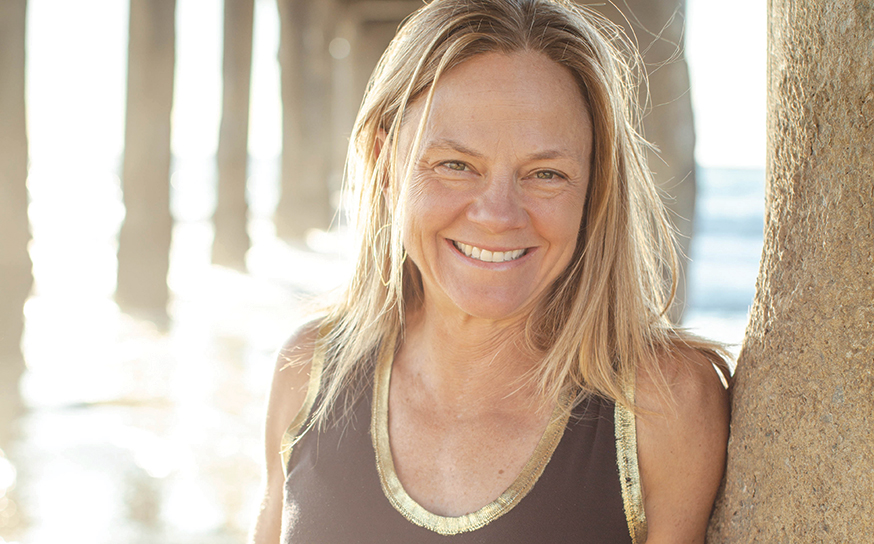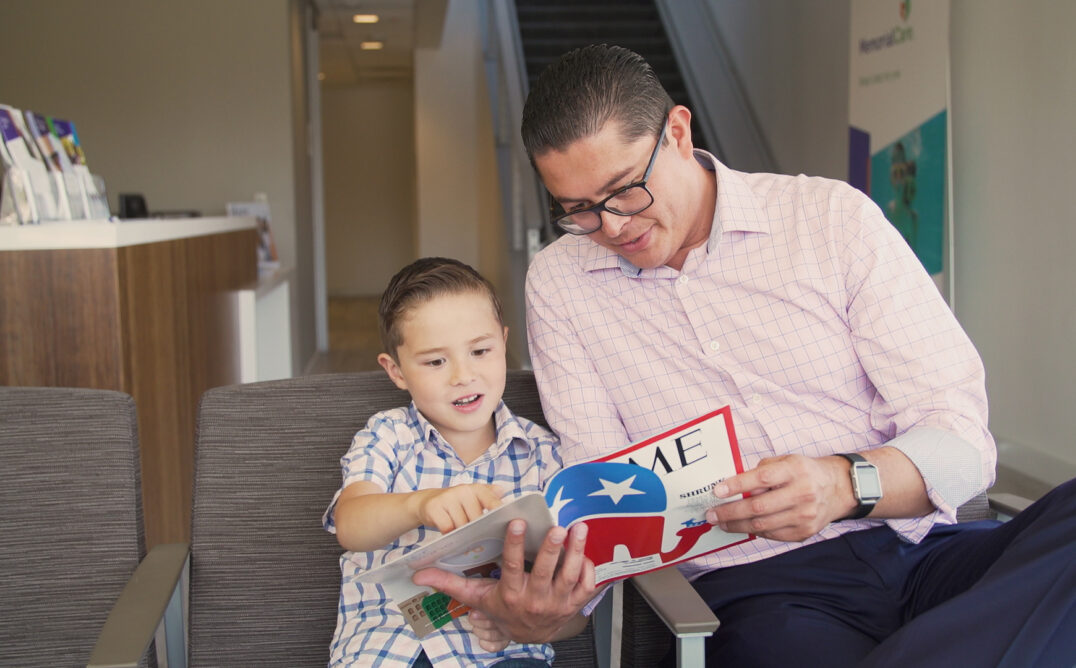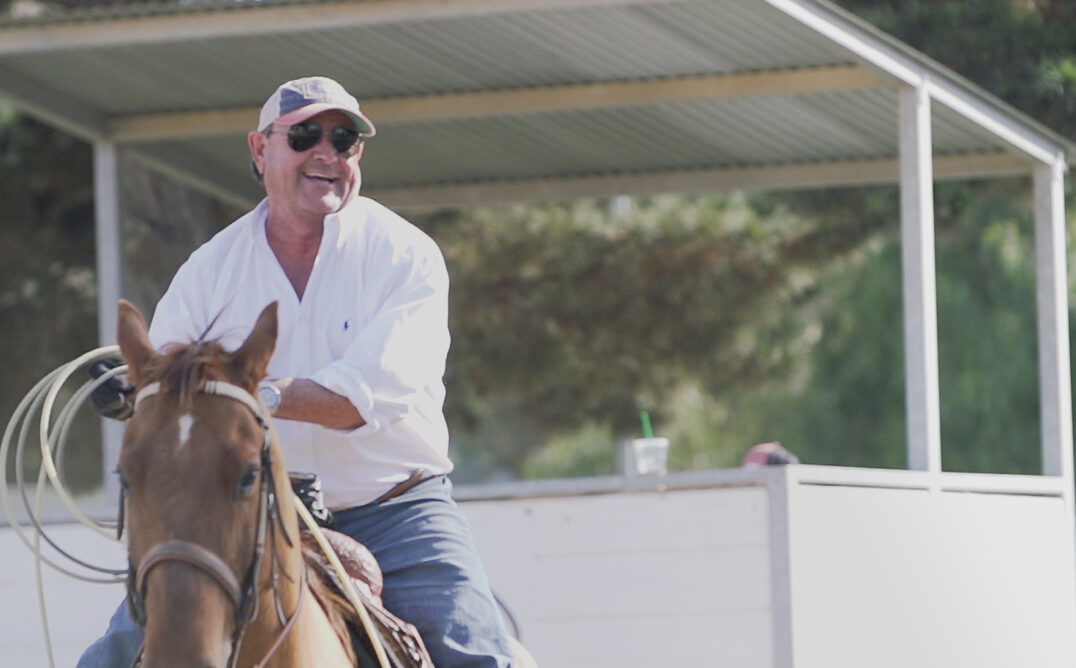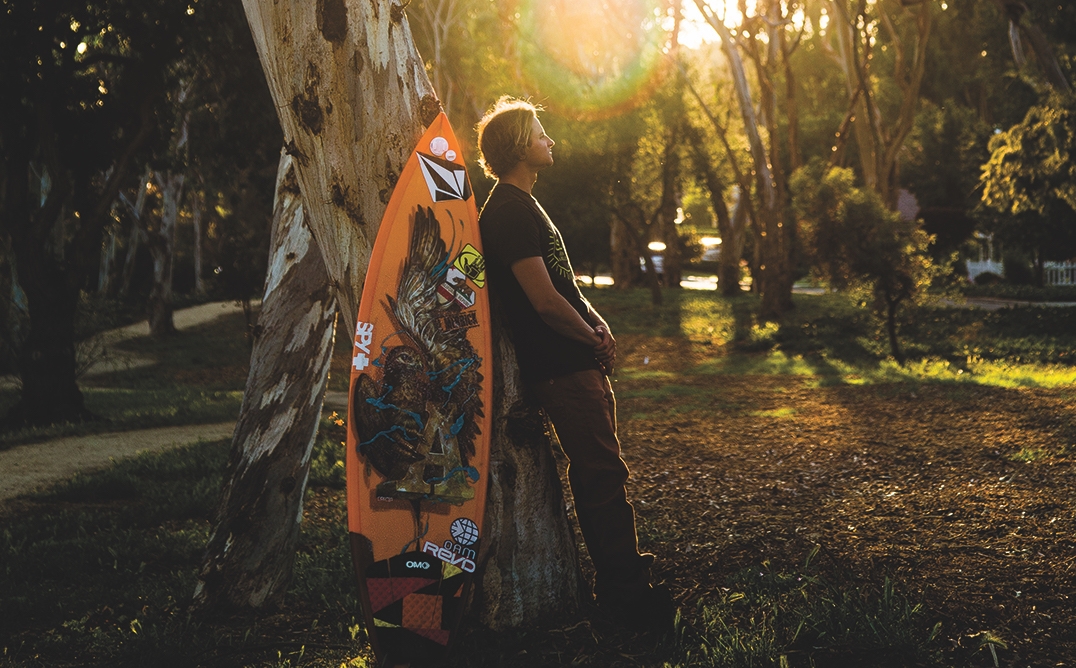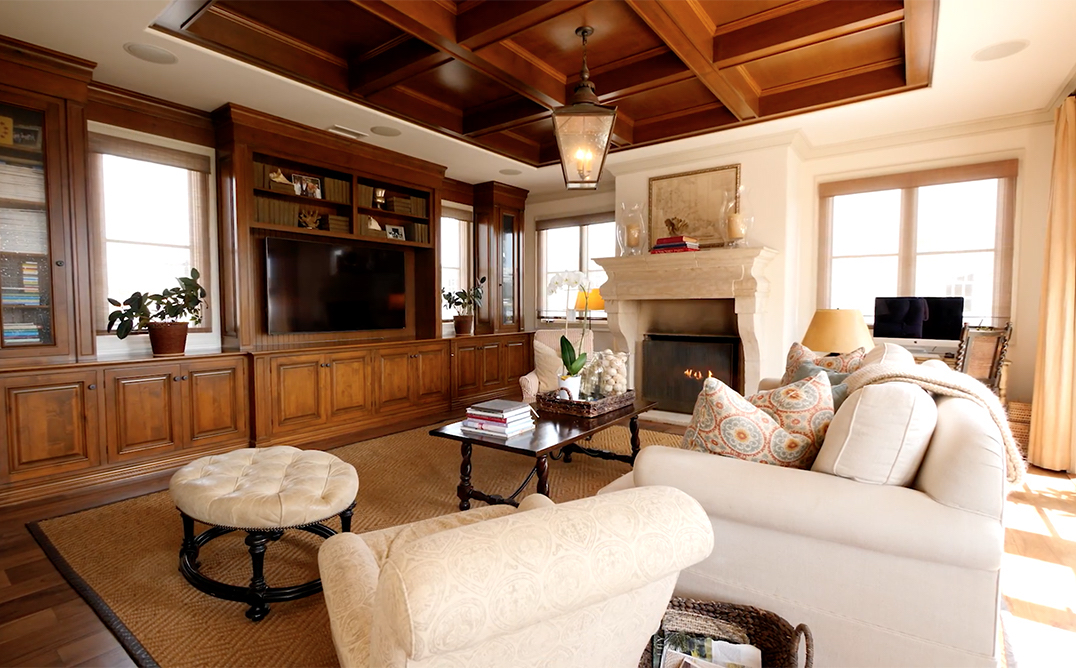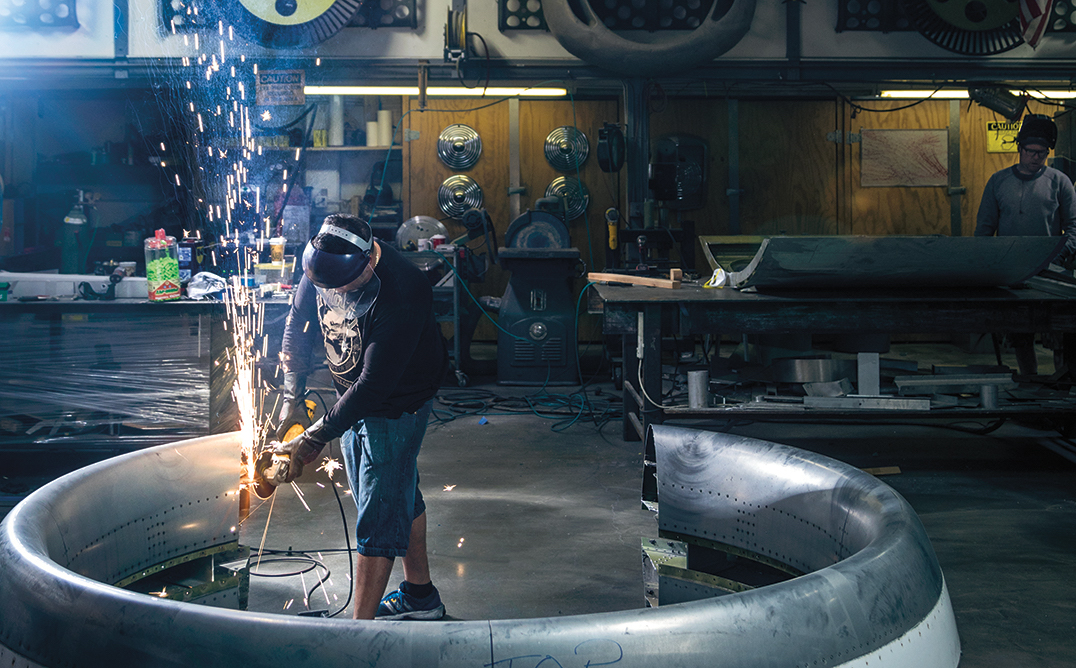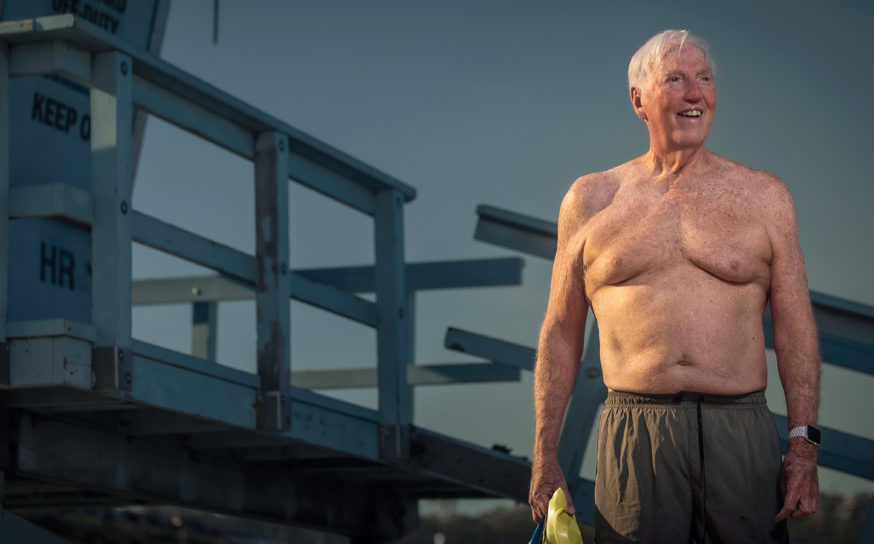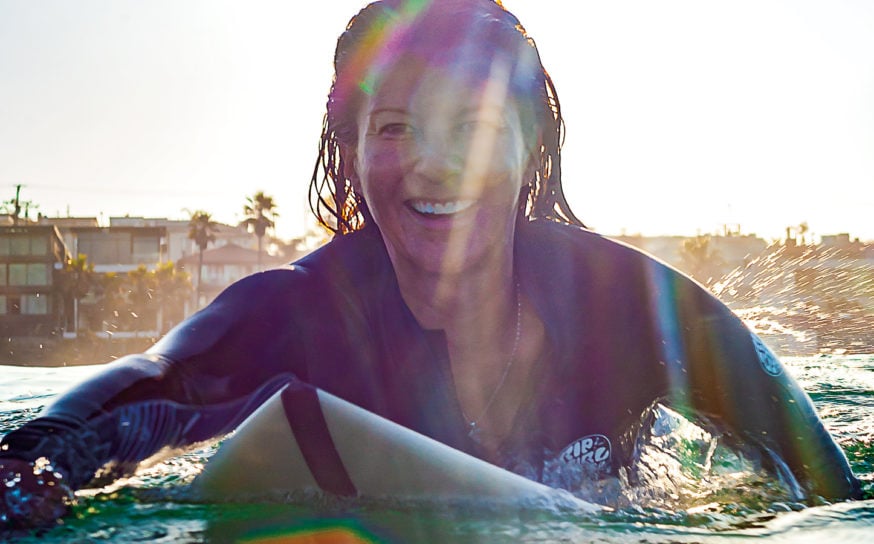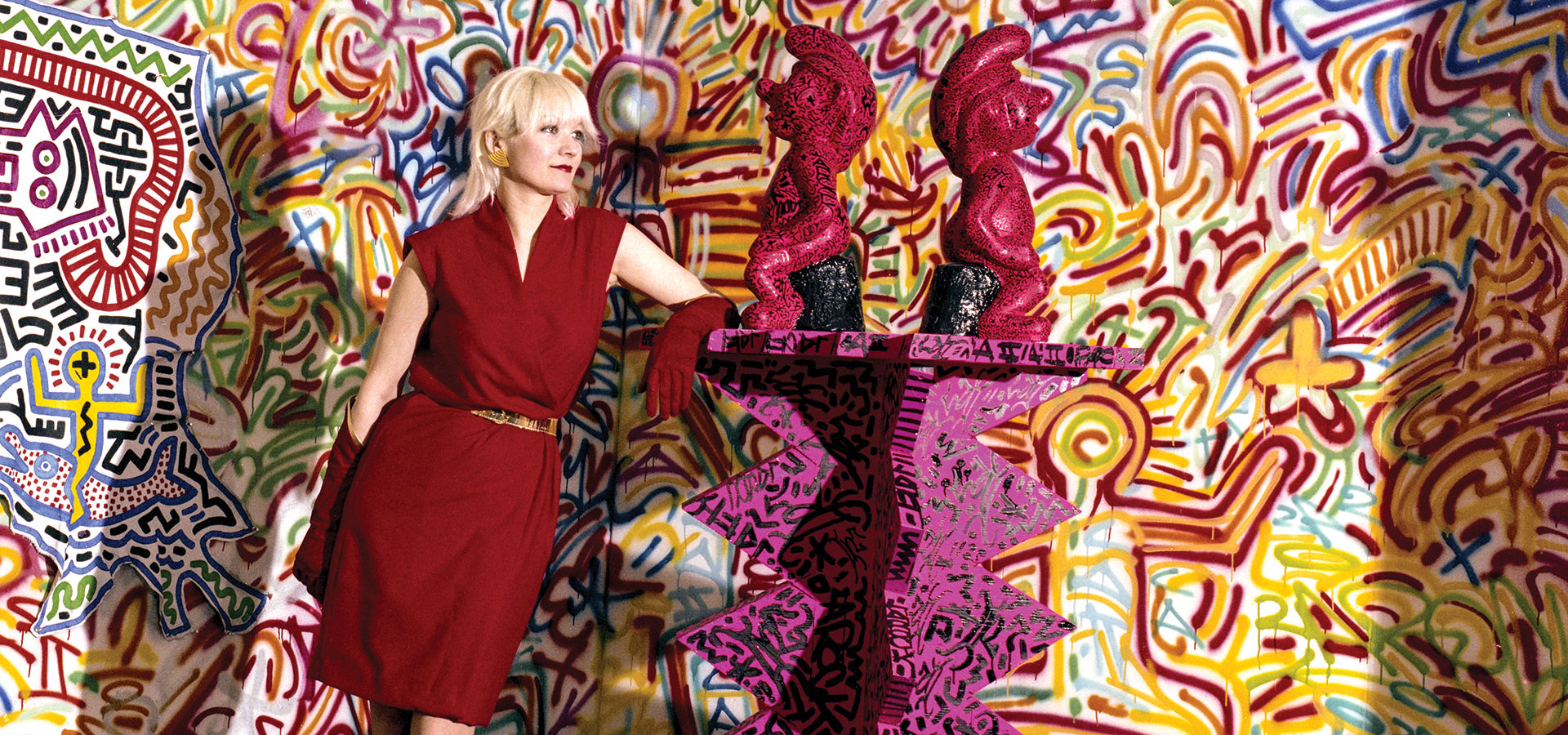
As Co-owner of New York City’s Fun Gallery, Hermosa Resident Patti Astor Gathered the Pioneers of Early ’80s Street Art
Off the wall.
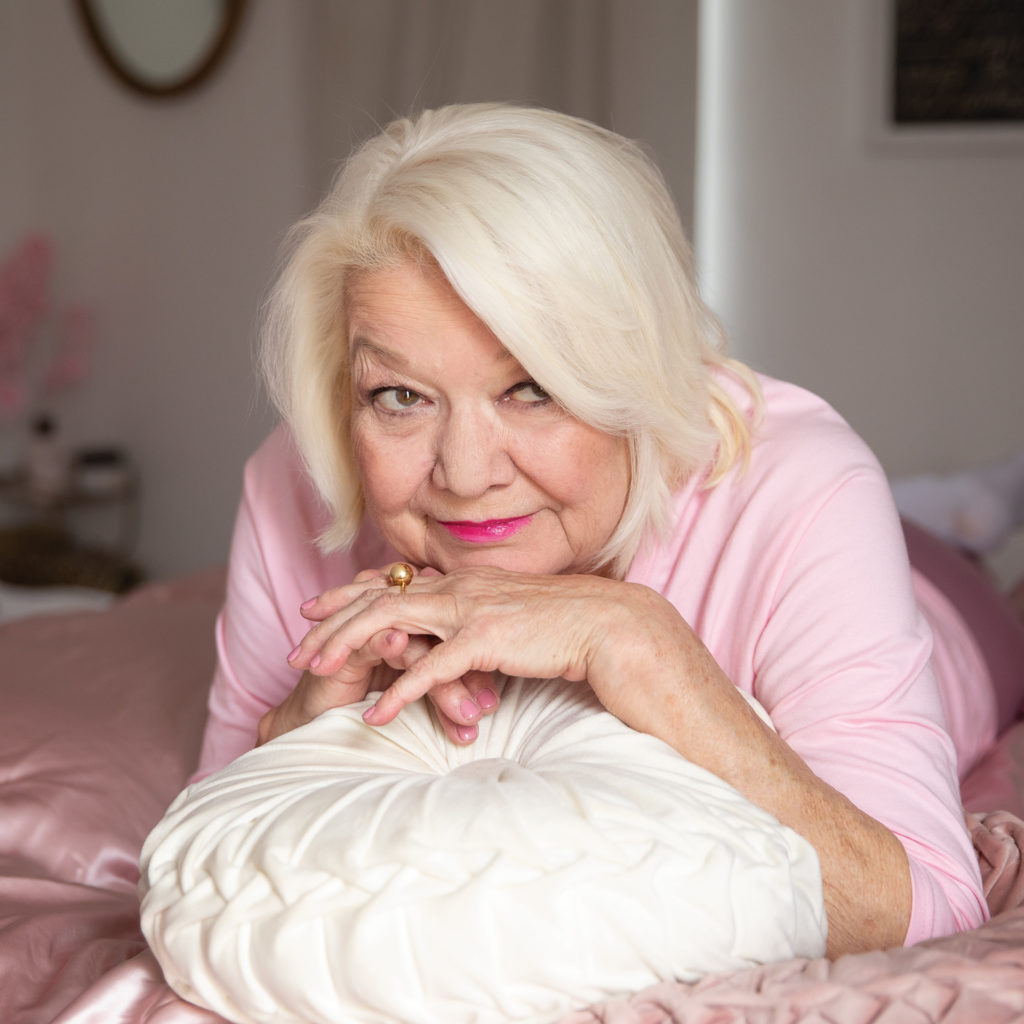 Patti Astor, a 1980s celebutant and original street art supporter, greets me at the front door of her mid-century, ocean-view Hermosa Beach apartment, not far from the historic punk rock church on Manhattan Avenue. Patti is unique and one-of-a-kind. Her story originates in Manhattan—the other Manhattan—where she lived life on her own terms, opting for glam over Doc Martens.
Patti Astor, a 1980s celebutant and original street art supporter, greets me at the front door of her mid-century, ocean-view Hermosa Beach apartment, not far from the historic punk rock church on Manhattan Avenue. Patti is unique and one-of-a-kind. Her story originates in Manhattan—the other Manhattan—where she lived life on her own terms, opting for glam over Doc Martens.
Although she spent a couple years in New York City in the late 1960s as an anti-war activist and Black Panther sympathizer, she returned in the mid-1970s to become a movie star and was thrust into the thick of the no wave movement. By pure accident she helped launch the careers of some of the biggest artists in the late 20th century, including Jean-Michel Basquiat, Keith Haring, Futura, Fab 5 Freddy, DONDI and Zephyr. These artists paved the way for contemporary street artists such as Shepard Fairey and Banksy.
The no wave movement grew out of the coalescence of the East Village’s avant-garde art and punk rock music scene. Patti also refers to it as the “F*** the Limo” period because they looked down at all the people climbing out of limos at Studio 54 or Soho art galleries—“white people against white walls sipping white wine.” Patti’s community of young, socioeconomically challenged misfits and artists prided themselves on being rebellious and living in crumbling tenements in one of NYC’s most dangerous neighborhoods at the time.
But first, Patti was a movie star. She credits her cutting-edge sensibilities in art to her childhood—times full of art house movies and dancing. She began to dance at age 5 when she made her first stage debut in Miss Virginia Garet’s ballet production. Her dad was a movie aficionado and sometimes would rent a 16mm camera and show movies at home. After a brief stint in San Francisco following her activist days, she developed a busking act with her boyfriend—performing a street tap dance routine.
Unable to afford the Lee Strasberg Theatre & Film Institute acting school, she instead was offered a job as their janitor and given keys to the building. “I wore hot pink overalls as I mopped the floors,” remembers Patti.
She says she didn’t need to pay $1,000 tuition to cry on cue. “Once I saved enough janitor dollars, I took a film acting course with my idol Nicholas Ray, the director of Rebel Without a Cause,” she shares. Patti recalls his impassioned instruction to “get in your light, Patti! Get in your motherf’n light now!”
While filming Underground U.S.A., Rene Ricard remarked that getting Patti out of the light was “like trying to shift a crane.” To this day she has remained true to her promise to Nick to never play a prostitute or a drug addict in a film.
“Everyone was getting ripped and eating ribs when all of a sudden Keith Haring looked out the window and noticed prominent West Village art dealers getting out of a cab, Jeffrey Deitch and Diego Cortez. He yelled out, and everyone ran to the window excited.”
Some of Patti’s friends were shocked when she moved to an East Village tenement and became “den mother” to many young, budding East Village artists. The location was central, and the rent was affordable (just $65 a month).
A bonus: The building was near famous music venues CBGB, the Mudd Club in TriBeCa and the Peppermint Lounge. She was spending most nights at CBGB, where the Talking Heads, Blondie and the Ramones were the house bands. These venues catered to the post-punk underground music and no wave counterculture events. In fact, Patti was cast in her first feature film, Unmade Beds, right out of CBGB.
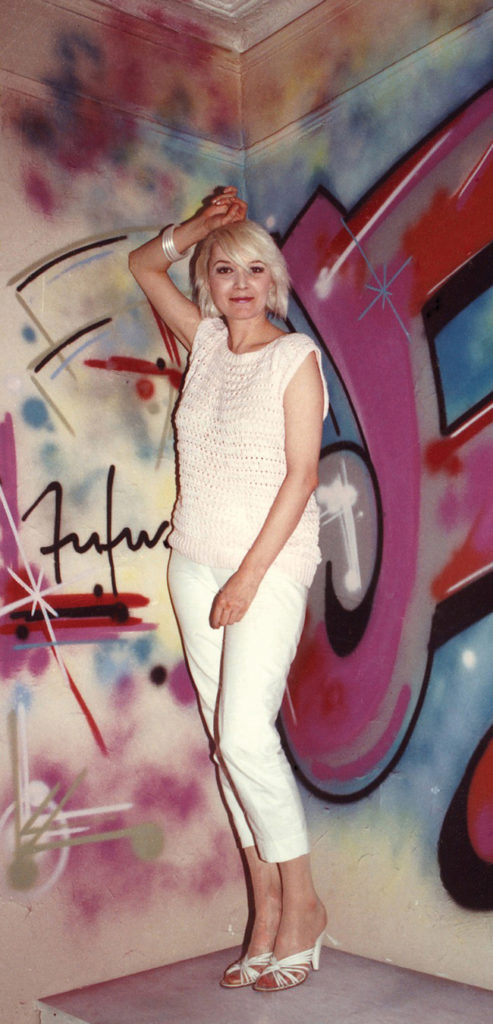
©Anita Rosenberg
After Underground U.S.A. premiered in 1980 and ran at the St. Marks theatre for six consecutive months, Patti was treated like royalty. As an underground film star and the Queen of Downtown, she no longer had to wait in line at clubs or pay for her own drinks. Plus she was always up for a good time.
“Fab 5 Freddy, a pioneer of the hip-hop and graffiti street art movement, was turned on to the downtown scene by Debbie Harry and Chris Stein of Blondie,” Patti says. While at a cocktail party, Patti met Fab 5 Freddy. He had just watched Underground U.S.A. and told Patti she was his favorite movie star, asking for her autograph. For Patti, the worlds of punk rock and hip-hop began to converge against the backdrop of graffiti art.
In 1983, Patti starred as Virginia in Wild Style, playing a reporter who covers the street art graffiti movement in the Lower East Side and introduces artists to potential art buyers. Wild Style was a cult classic and one of the first movies about hip-hop.
Before Andy Warhol or Madonna knew Jean-Michel Basquiat, the artist was a regular fixture on the couch or floor at Patti’s East Village apartment. The first time she met Basquiat, she thought he was a homeless jazz musician in a band. It was not until she saw his charcoal art that she recognized a genius.
While walking to the front of the line one night at the Mudd Club, she saw Futura, DONDI and Zephyr. When Futura promised her a painting, Patti responded, “That’s great, but why don’t you just paint a mural on my apartment wall in the morning? Then, that afternoon, we will have an art opening and a barbecue.”
Patti remembers, “Everyone was getting ripped and eating ribs when all of a sudden Keith Haring looked out the window and noticed prominent West Village art dealers getting out of a cab, Jeffrey Deitch and Diego Cortez. He yelled out, and everyone ran to the window excited.”
Bill Stelling, a friend of Patti’s, asked her if she knew artists and would be willing to open a gallery in his basement. She explains that she was thrilled at the opportunity to get these kids off her floor and into a gallery where they could make something of themselves. “Patti really looked out for these kids,” shares Drew Carolan, a friend of hers who lived just two doors down from the original Fun Gallery.
Patti opened the East Village art gallery with the help of Bill, who allowed her to use his small basement space, which was 8 by 25 feet, for $165 a month. She would feature different emerging artists and planned to allow each one to rename the gallery for their shows.
The first art show was by artist Kenny Scharf, who suggested calling the show Fun Gallery. Realizing how expensive new stationery and envelopes were going to be, Patti decided to just stick with that name for future shows.
“We were the first gallery to give one-man shows to graffiti artists,” she explains. “I wanted everyone who walked through that door to feel, ‘Yes, I can make a difference here.’”
The Fun Gallery was instrumental in introducing a new art form into the mainstream. It is clear from listening to Patti’s experiences that the complexity of the art world can be just as colorful as the art itself. To this day, she feels it is her job to take care of these artists whom she made a promise to back during the Fun Gallery days. The New Yorker wrote, “Patti Astor’s Fun Gallery represented five of the top graffitists and served as a reference for the rest.”
Patti curated Basquiat’s largest art show, which opened on November 4, 1982. He painted 30 paintings specifically for the show and only sold a disappointing four, ranging in price from $5,000 to $10,000 according to Patti. She believes this is because the art dealers preferred to pay half price directly to Basquiat. “Jean-Michel was loyal though and kept the paintings in storage and didn’t sell them for half price,” she says.
Today Basquiat’s paintings sell for huge money. In 2018, Japanese collector Yusaku Maezawa purchased a Basquiat for $110.5 million. Tiffany’s, the historic jewelry house, ran an ad campaign exploring modern love with Jay-Z and Beyoncé in front of the painting now referred to as the Tiffany’s Basquiat. Tiffany’s purchased it for an unknown price, but the same painting originally sold at Patti’s Fun Gallery for just $8,000. Reportedly, Beyoncé purchased another Basquiat for $35 million as a gift to her husband, a known Basquiat collector. Works by Basquiat are some of the most sought-after in the world today.
Aware of Patti’s history in the Lower East Side and East Village art movement, I asked what drew her to Hermosa Beach. “I grew up in Cincinnati, Ohio, and my family vacationed for a month at a time to Nags Head, North Carolina,” she says. “As a kid, I developed a love for the beach. So when it was time, I left NYC along with the Beastie Boys, and we all headed west to Los Angeles.”
She was pleasantly surprised to find Hermosa’s budding art culture and feels she is exactly where she was destined to be.
Southbay ‘s Annual Spring Style Guide Has the Latest Fashion Trends, Jewelry, Home Goods and Gifts!
Shop local and support our amazing businesses.







